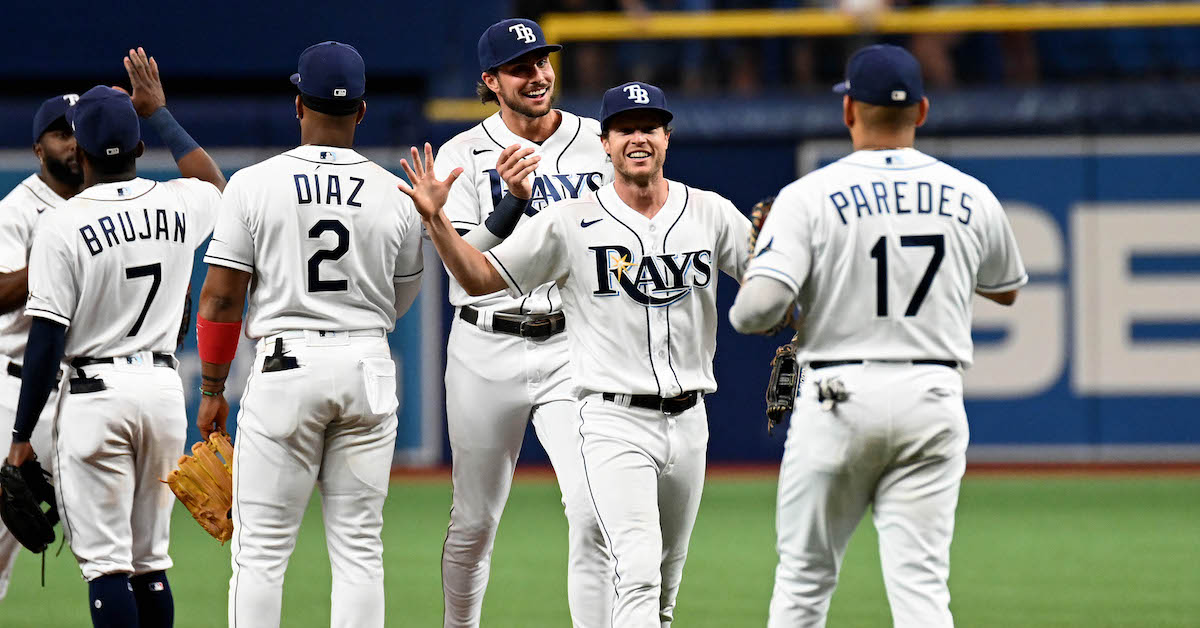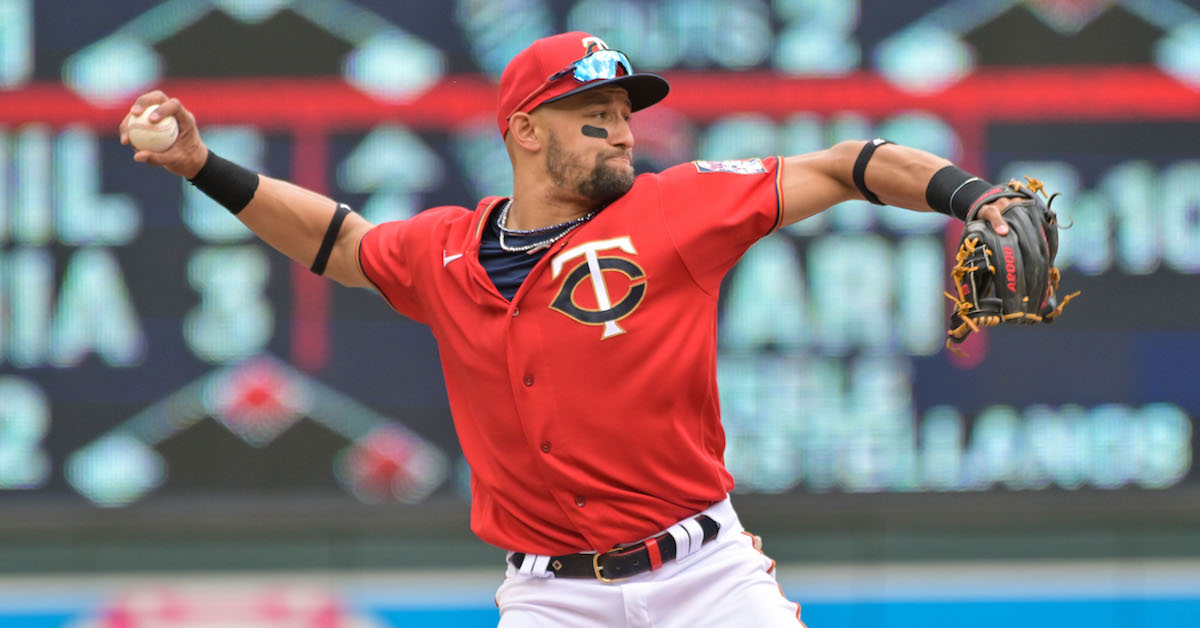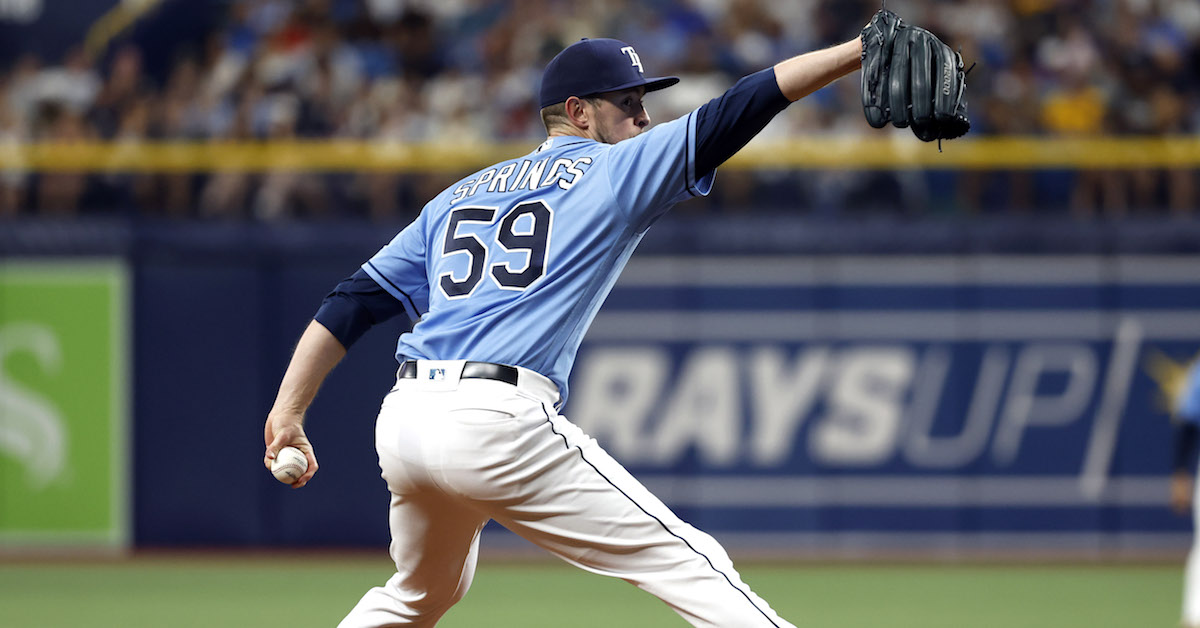The 2022 Replacement-Level Killers: Catcher

While still focusing upon teams that meet the loose definition of contenders (a .500 record or Playoff Odds of at least 10%), and that have gotten about 0.6 WAR or less thus far — which prorates to 1.0 WAR over a full season — this year I have incorporated our Depth Charts’ rest-of-season WAR projections into the equation for an additional perspective. Sometimes that may suggest that the team will clear the bar by a significant margin, but even so, I’ve included them here because the team’s performance at that spot is worth a look.
As noted previously, some of these situations are more dire than others, particularly when taken in the context of the rest of their roster. I don’t expect every team to go out and track down an upgrade before the August 2 deadline, and in this batch in particular, I don’t get the sense that any of these teams have these positions atop their shopping lists. With catchers, framing and the less-quantifiable aspects of knowing a pitching staff make it easier for teams to talk themselves out of changing things up unless an injury situation has compromised their depth.
All statistics in this article are through July 26, though team won-loss records and Playoff Odds are through July 27.
| Team | AVG | OBP | SLG | wRC+ | Bat | BsR | Fld | WAR | ROS WAR | Tot WAR |
|---|---|---|---|---|---|---|---|---|---|---|
| Cardinals | .195 | .251 | .252 | 47 | -22.2 | -3.5 | -1.8 | -0.8 | 0.7 | -0.1 |
| Astros | .166 | .235 | .312 | 57 | -17.2 | -2.3 | -4.0 | -0.5 | 0.6 | 0.1 |
| Guardians | .176 | .267 | .267 | 55 | -17.4 | -2.7 | 2.7 | 0.1 | 0.8 | 0.9 |
| Mets | .199 | .245 | .266 | 50 | -20.3 | -3.7 | 6.4 | 0.2 | 0.9 | 1.1 |
| Red Sox | .251 | .307 | .373 | 89 | -5.0 | -8.6 | -1.9 | 0.4 | 1.1 | 1.5 |
| Rays | .205 | .226 | .346 | 63 | -15.2 | -0.6 | 0.9 | 0.4 | 1.3 | 1.7 |
Cardinals
Yadier Molina may be a future Hall of Famer, but his final major league season hasn’t gone smoothly. The 39-year-old backstop reported late to spring training due to personal reasons, then hit just .213/.225/.294 (46 wRC+) in 138 plate appearances before landing on the injured list with right knee inflammation in mid-June. With the team’s permission, he soon returned to his native Puerto Rico, a move that did not escape the notice of his teammates, who value his presence and leadership even when he’s not able to play up to his previous standards. Molina finally began a rehab assignment on Monday.
In Molina’s absence, the Cardinals have started Andrew Knizner behind the plate 51 times, and he’s reminded them that even by the standards of backup catchers, he leaves something to be desired. The 27-year-old has hit .199/.291/.248 (64 wRC+) and is 5.5 runs below average in our framing metric; his WARs have now been in the red for all four of his major league seasons, with a total of -1.7 in just 443 PA. Baseball Prospectus’ comprehensive defensive metrics put him 5.2 runs below average for his framing, blocking, and throwing as well. His backup, Austin Romine, owns a 47 wRC+ while catching for four teams over the past three seasons; his most notable accomplishment as a Cardinal is in joining Paul Goldschmidt and Nolan Arenado among the ranks of unvaccinated players who were unable to travel to Canada for this week’s two-game series against the Blue Jays.
Back in June, St. Louis gave a look to Molina’s heir apparent, Iván Herrera, who entered the season at no. 75 on our Top 100 Prospects list and has hit .295/.385/.432 at Triple-A. The 22-year-old Panamanian has a plus arm and potentially a plus hit tool as well as average raw power; his framing is below average and his receiving average. He was called up to replace Romine for the Toronto series but did not play.
With the trade market not offering a lot of obvious solutions (an intradivision trade for Willson Contreras probably isn’t an option), the Cardinals, who have gone just 24–26 in June and July but are still entrenched in the second Wild Card spot, would probably be better off pairing Molina with Herrera than Knizner or Romine. One possible option is Oakland’s Sean Murphy, who will be arbitration eligible for the first time this winter and who placed 37th on our Trade Value list; he could pair with Herrera for the next year or two and still be dealt while having club control remaining. Read the rest of this entry »









